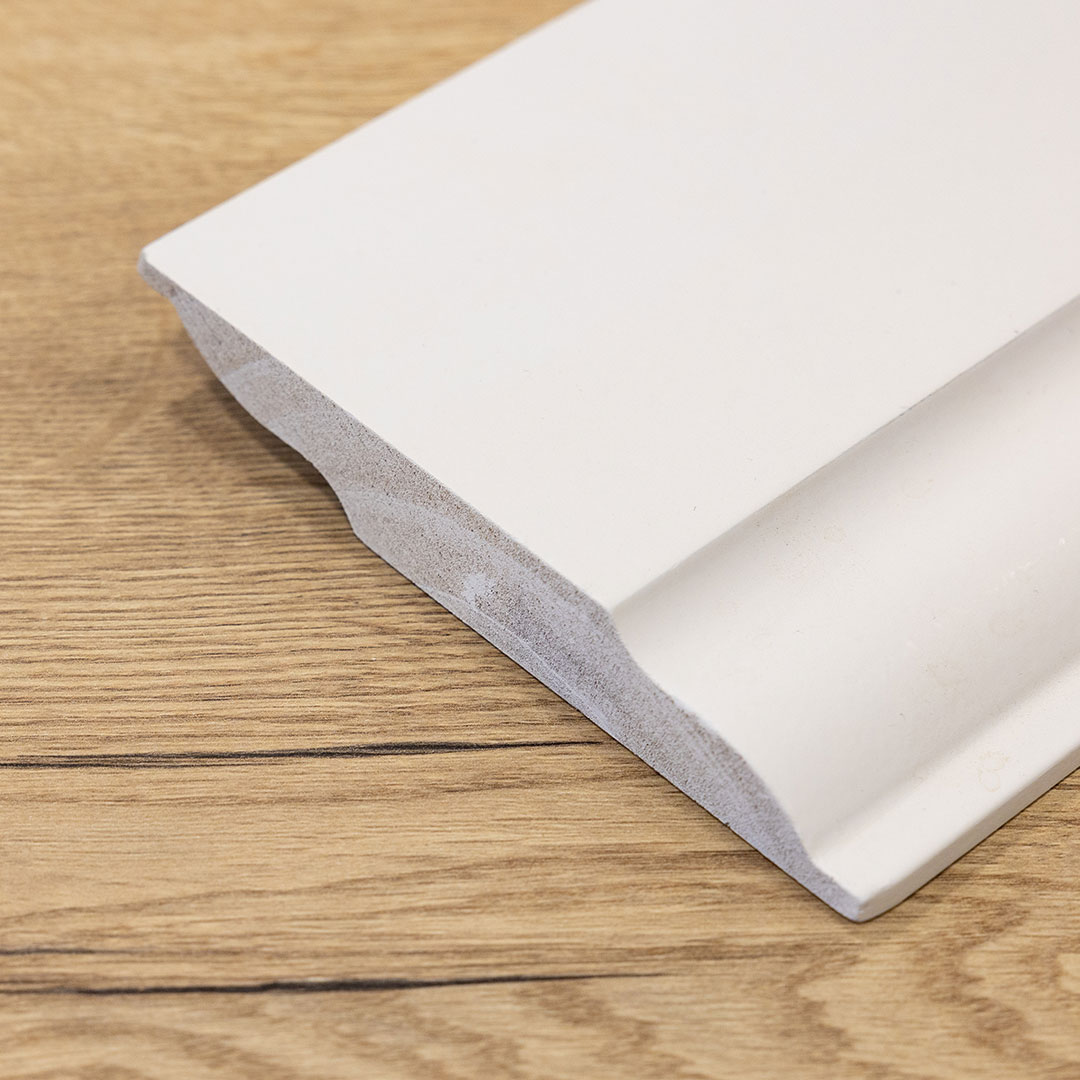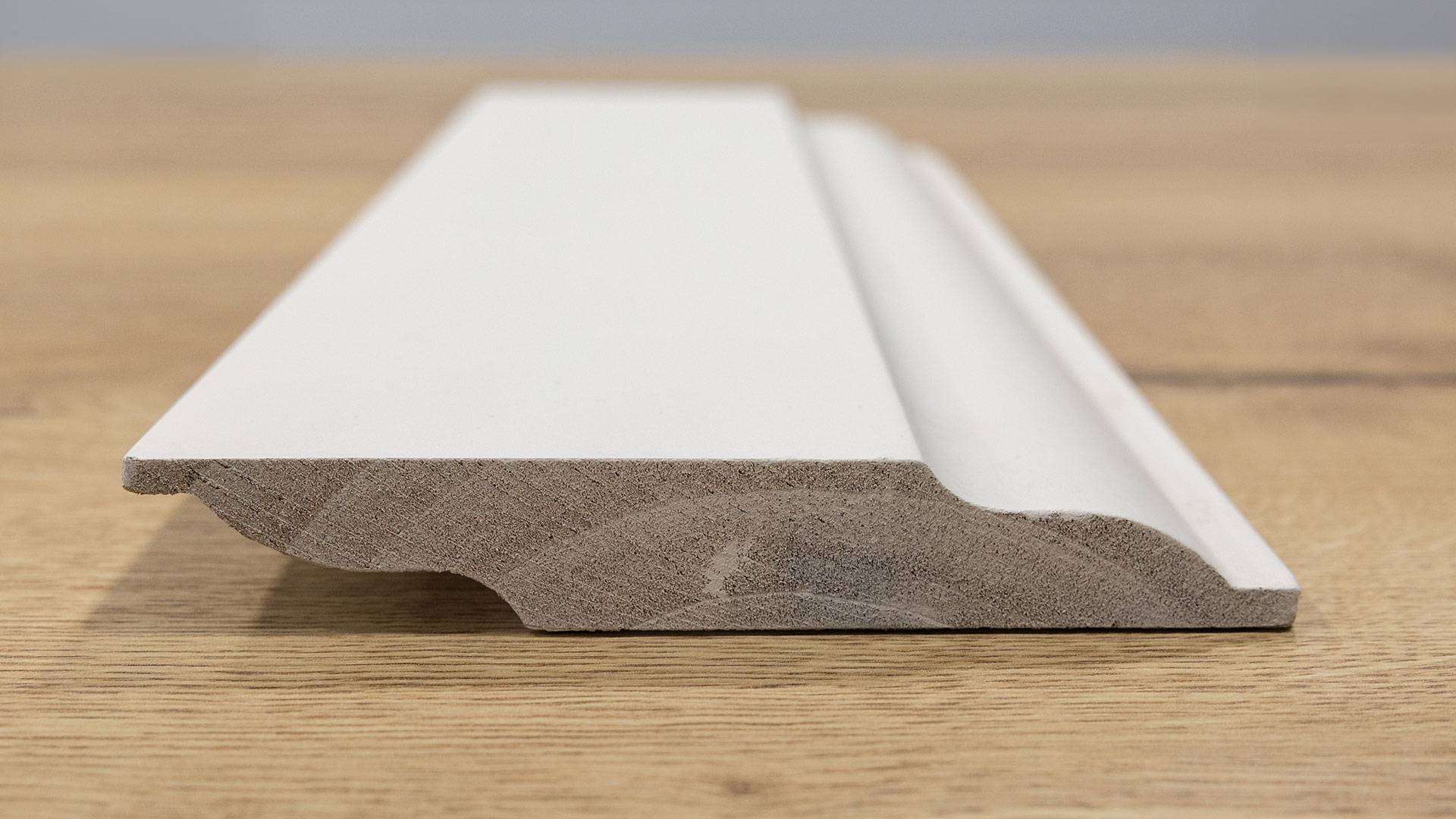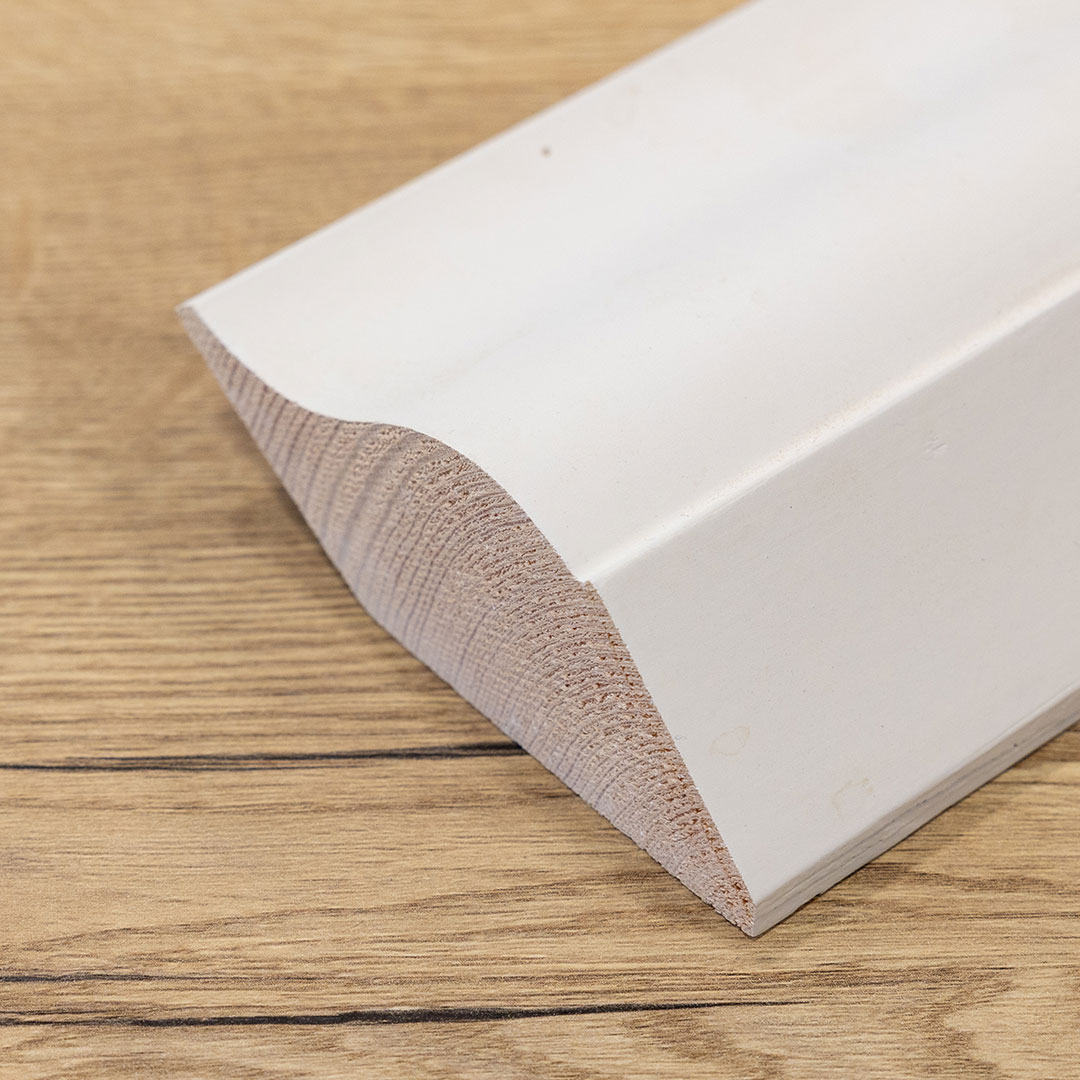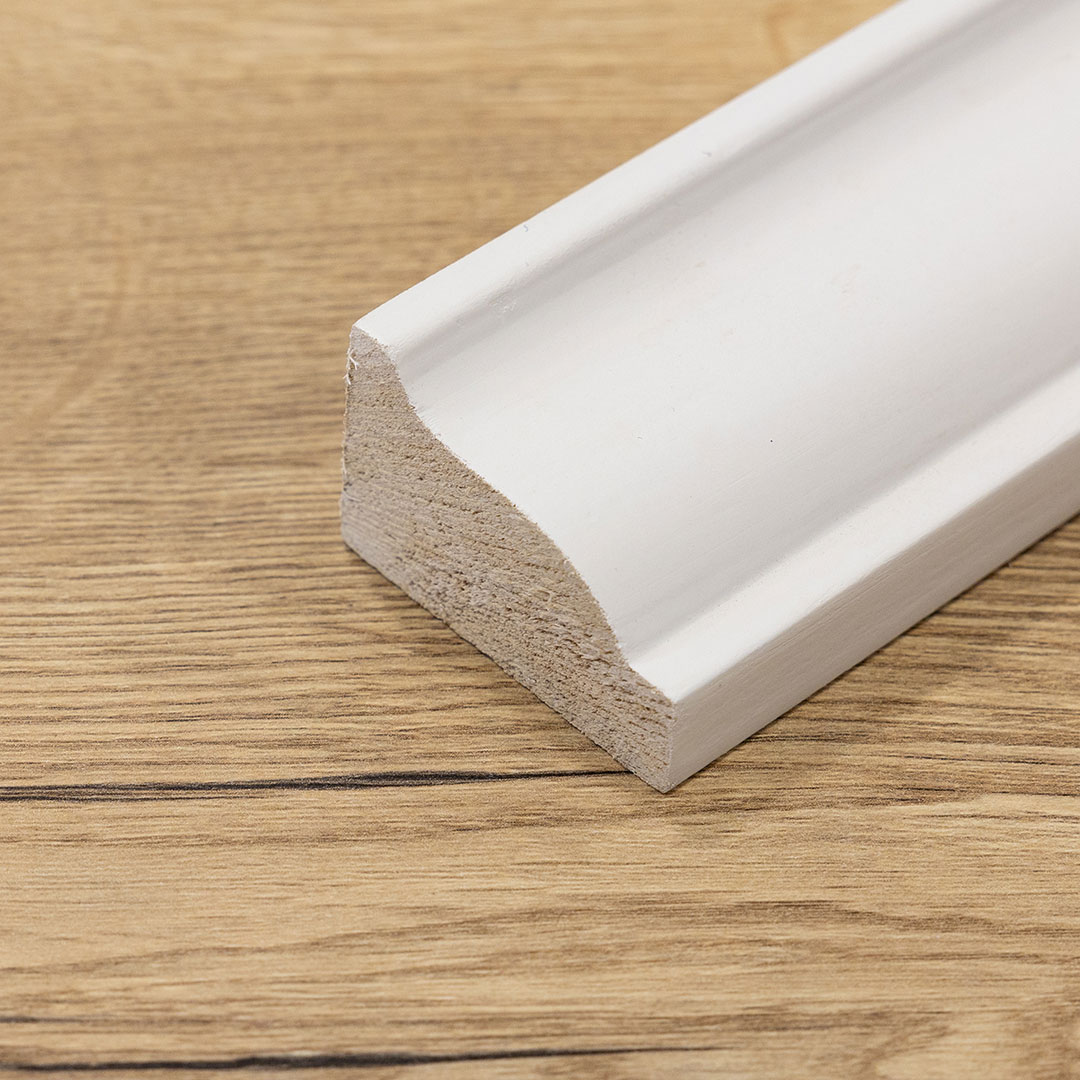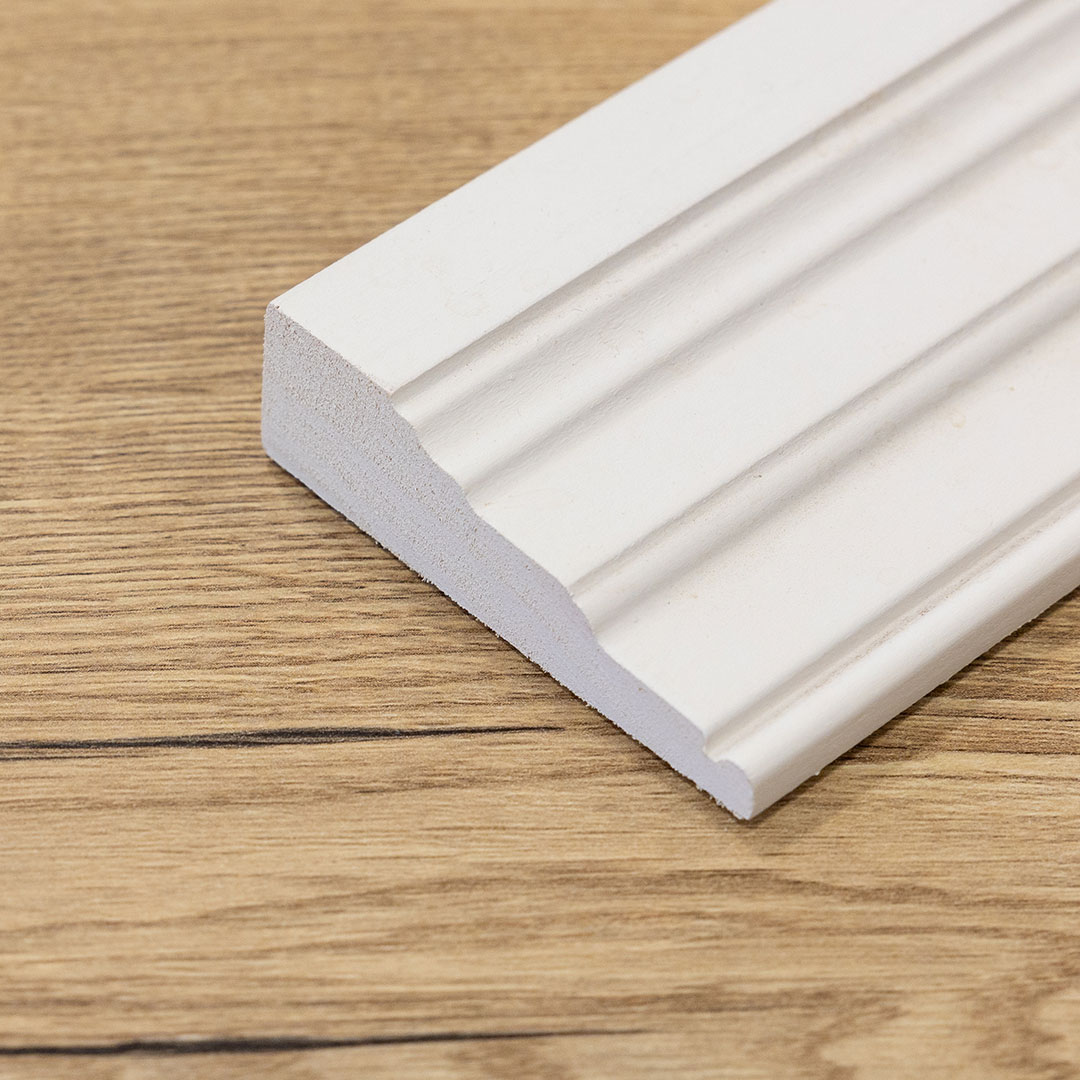Skirting, also known as baseboard or base moulding, is a decorative and functional architectural element found at the base of interior walls where they meet the floor. Skirting serves several purposes in building design and construction:
More specifically:
1. Protection: One of the primary functions of skirting is to protect the bottom of interior walls from damage. It acts as a buffer, shielding the wall from accidental kicks, impacts, and the abrasion that can occur during cleaning and maintenance.
2. Concealment: Skirting is used to conceal gaps and irregularities between the wall and the floor. It covers the joint between these two surfaces, providing a clean and finished look to the room.
3. Decoration: Skirting can add an element of decoration and style to a room. It comes in various designs, sizes, and materials, allowing for customization to match the overall interior design aesthetic. The choice of skirting can greatly impact the visual appeal of a space.
4. Transition: Skirting provides a smooth transition between different types of flooring materials or between the floor and other architectural features, such as stairs. This transition helps create a cohesive and polished look in interior spaces.
5. Cable Concealment: In modern construction, skirting is sometimes designed with channels or ducts to conceal electrical wiring, data cables, or other utilities. This can help maintain a neat and organized appearance while facilitating easy access for maintenance or upgrades.
6. Bespoke styles are available on request.
Common materials used for skirting include wood, MDF (medium-density fiberboard), PVC (polyvinyl chloride), plaster, and even metal, depending on the design and budget considerations. The profile and height of skirting can vary, with taller skirting often being used in more traditional or formal settings, while shorter and simpler profiles are common in contemporary designs.

